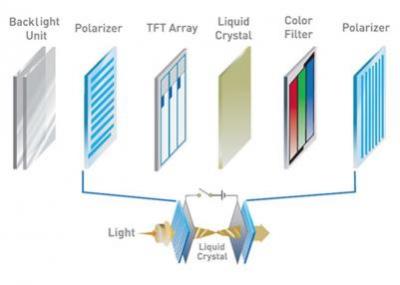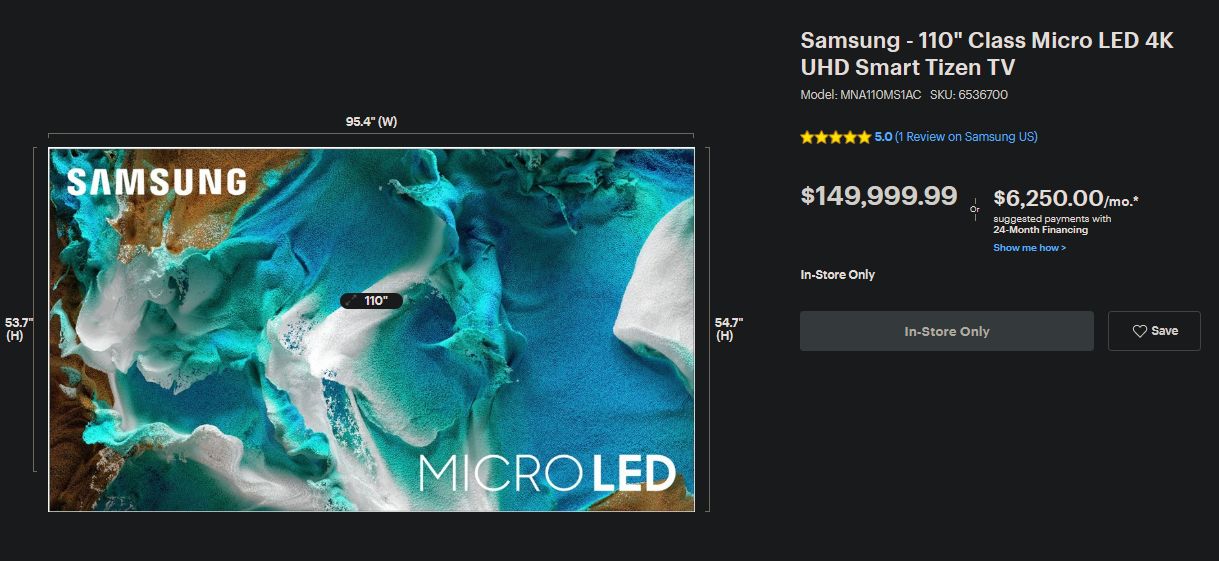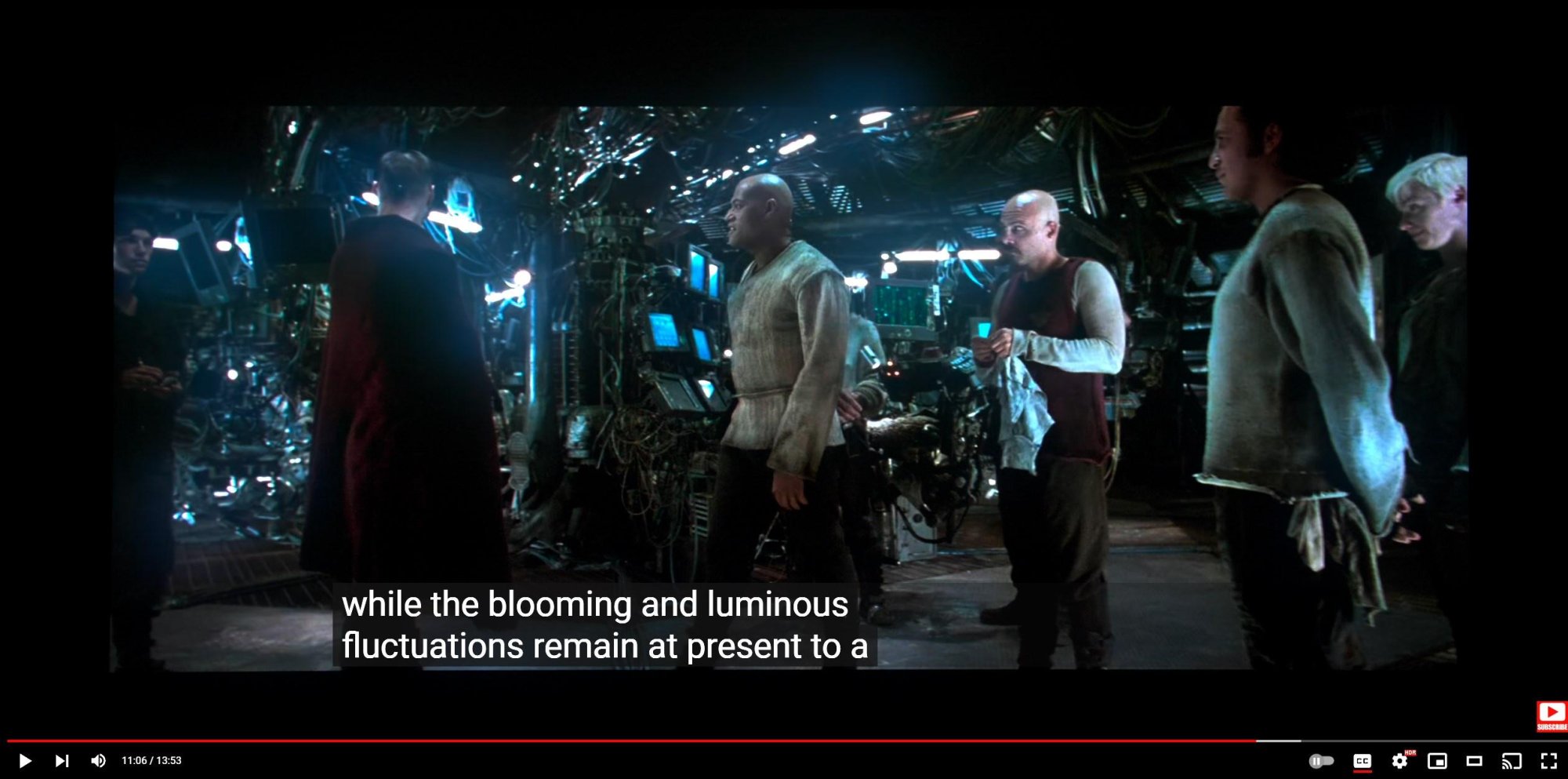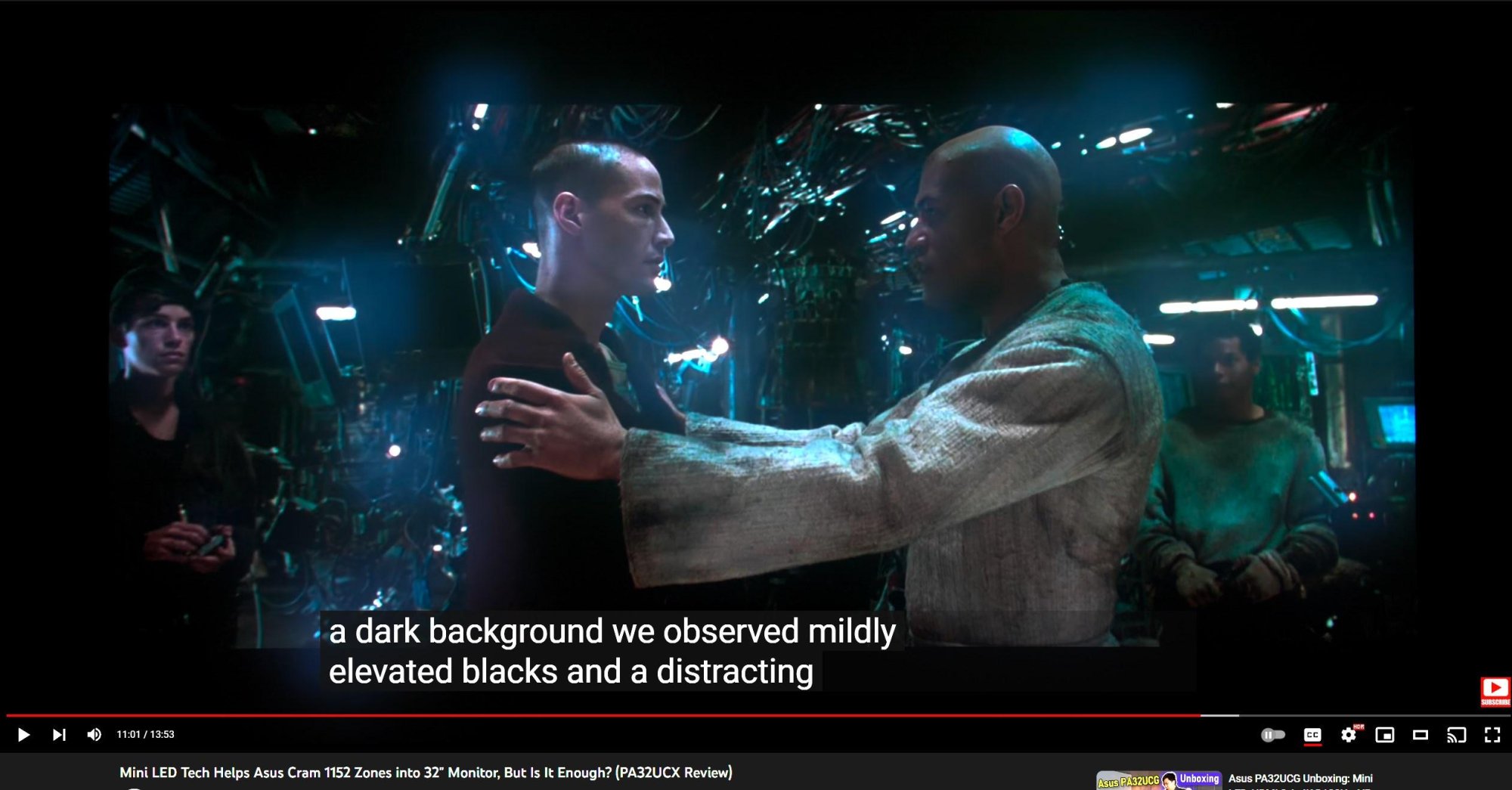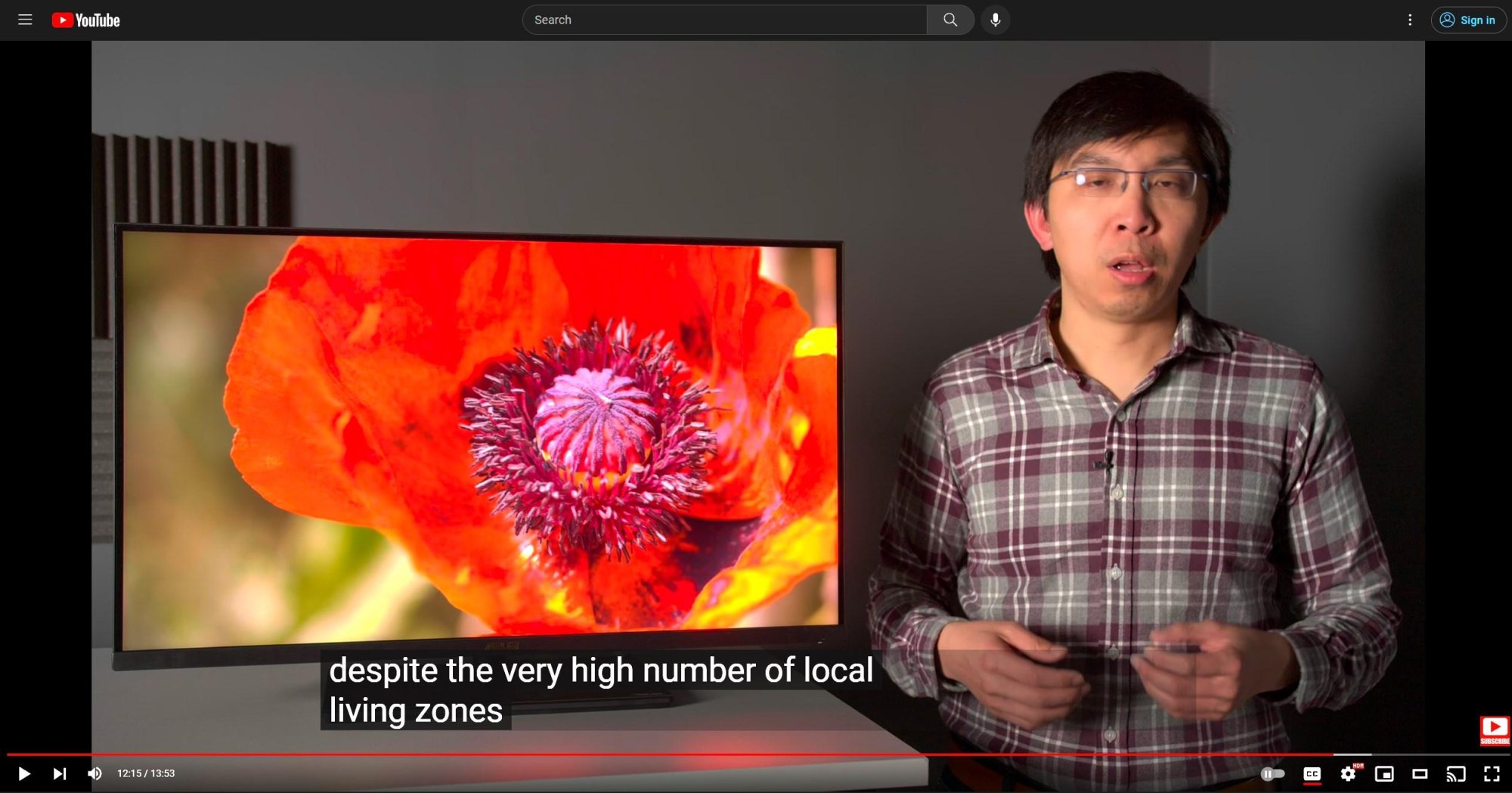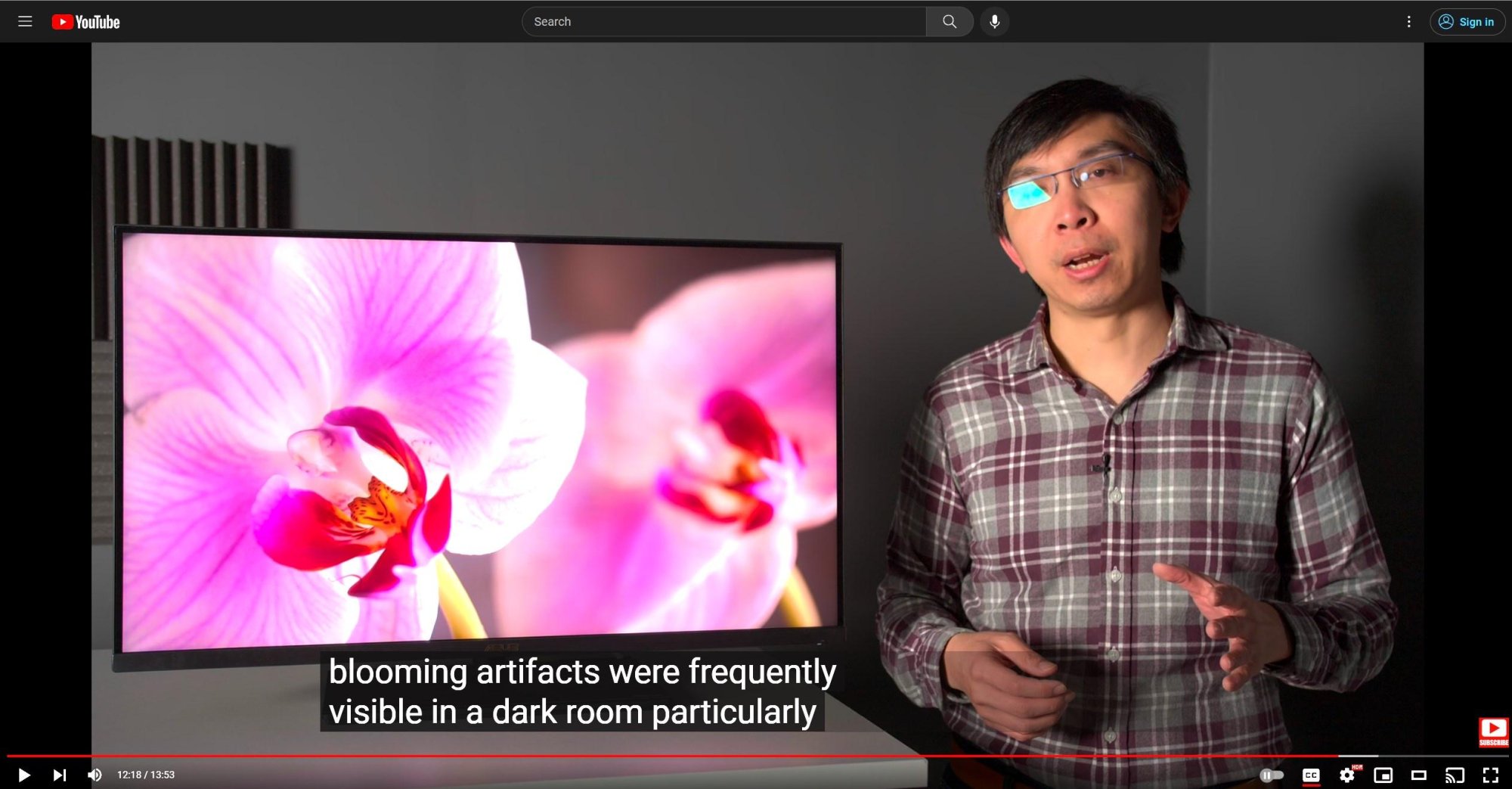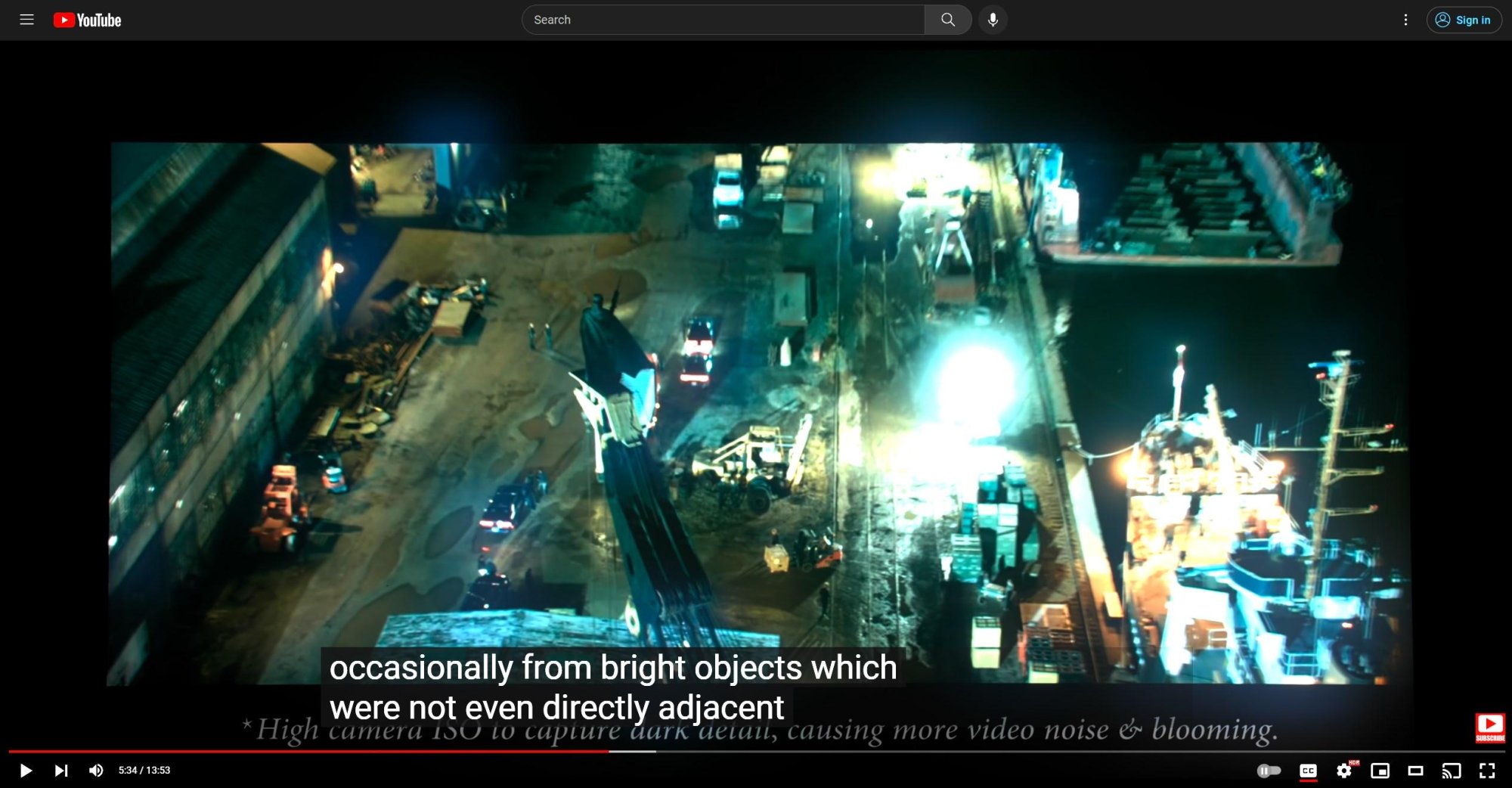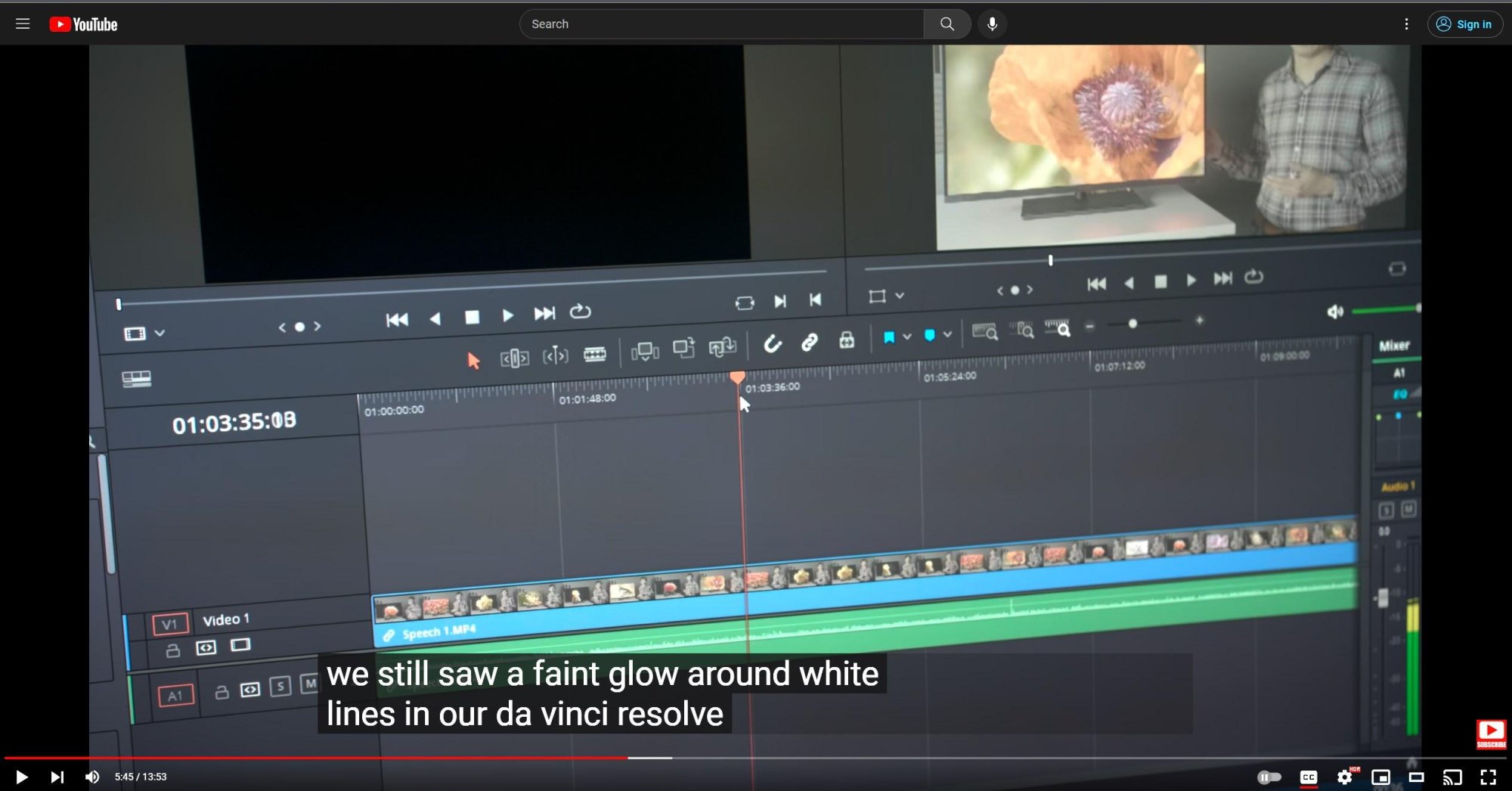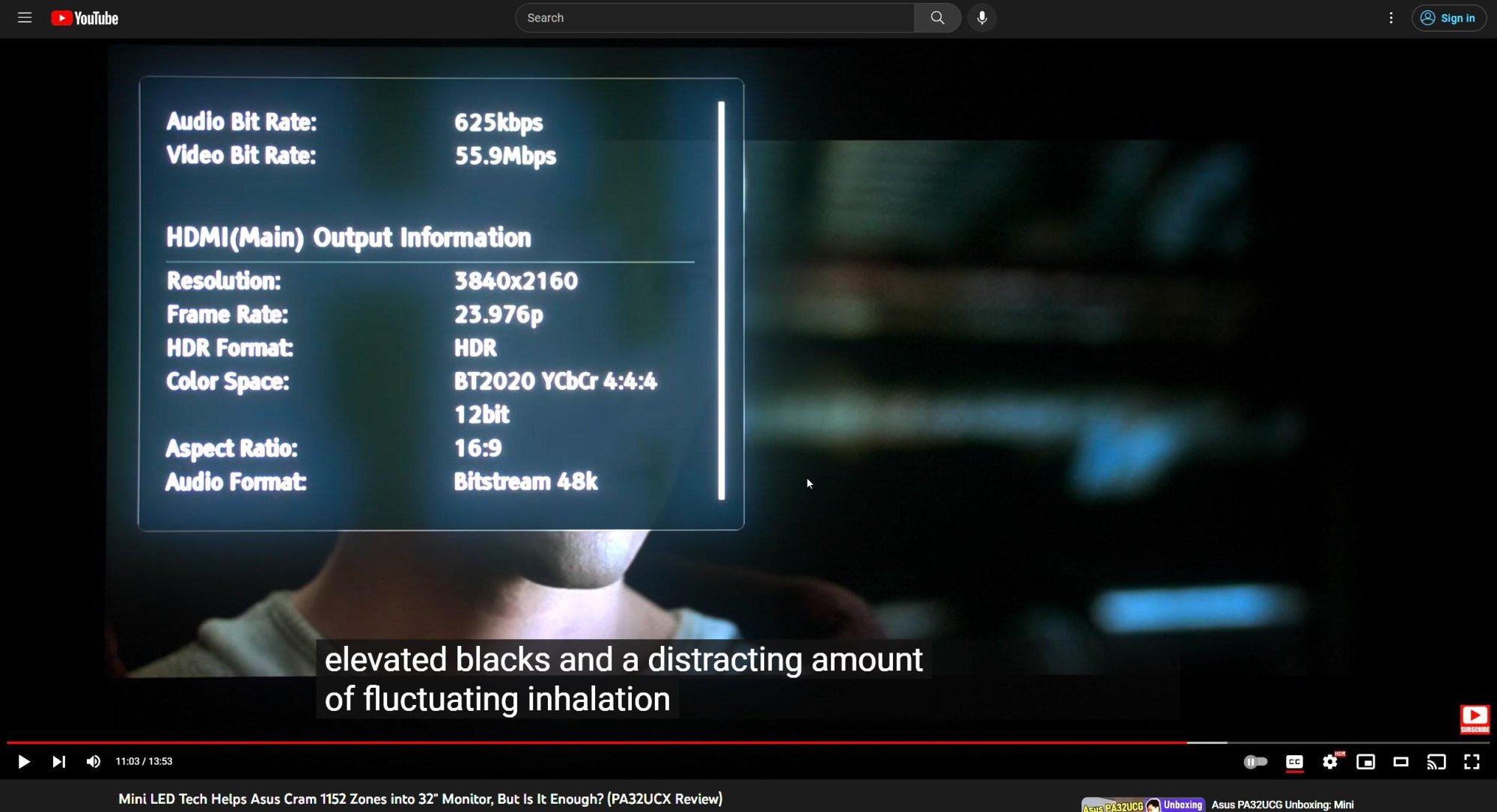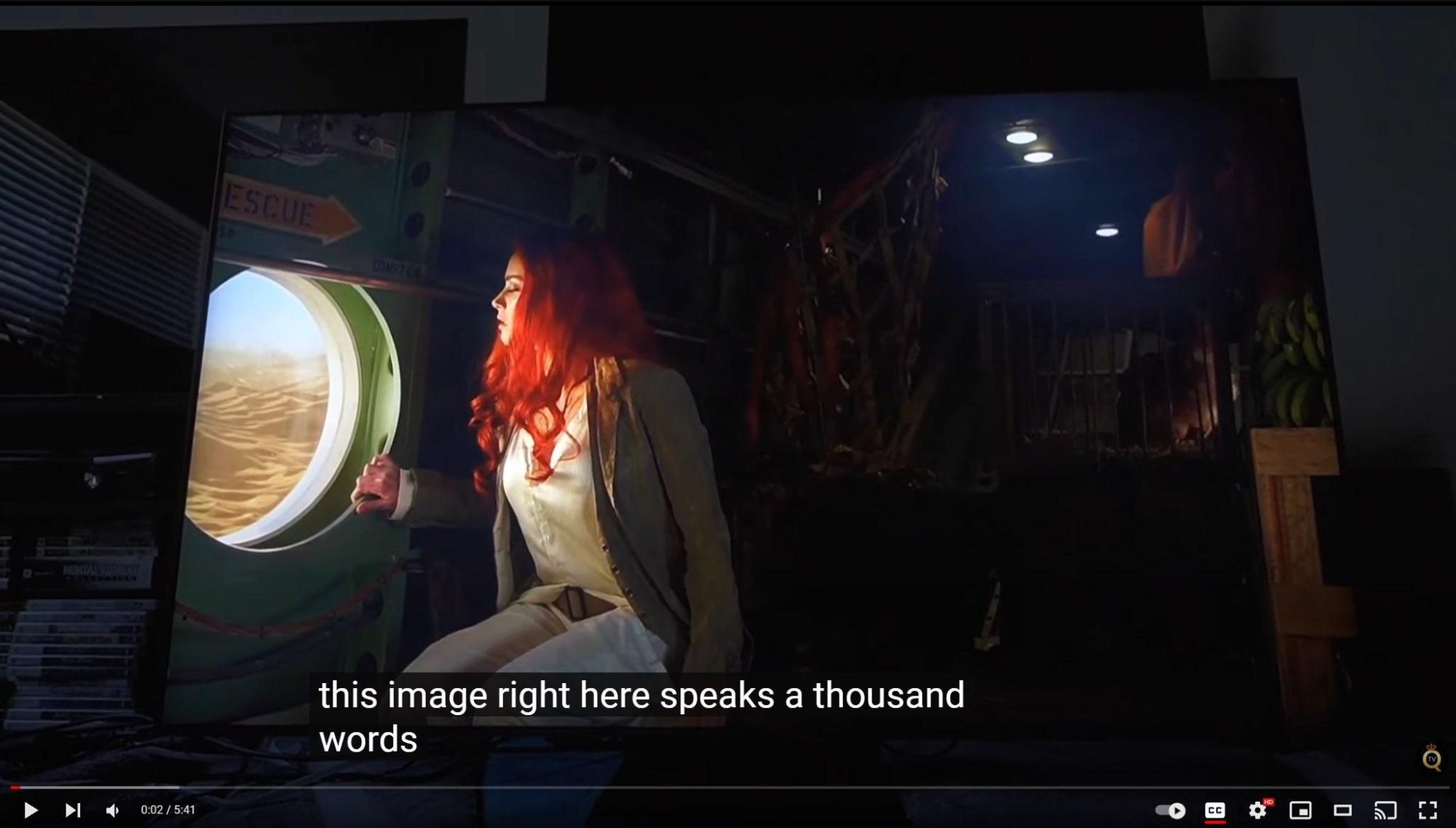crazycrave
[H]ard|Gawd
- Joined
- Mar 31, 2016
- Messages
- 1,897
I was born in 1967 and people in my area wasn't very rich, the images would have never been that clear on a tube TV at 240p at best back then, seen a beta player movie once around 1979, kids beside us had a Sony VCR with a corded remote control and that was top of the line back then, we wasn't far off from TV tennis as gaming goes, Atari 2600 was earth breaking tech at the time.What's not to love about old trek seasons? It aired for three seasons on nbc from 1966 - 1969 though I guess, not that you may not have seen it until 1974. A little before my time.
I agree, very colorful.
Last edited:
![[H]ard|Forum](/styles/hardforum/xenforo/logo_dark.png)
